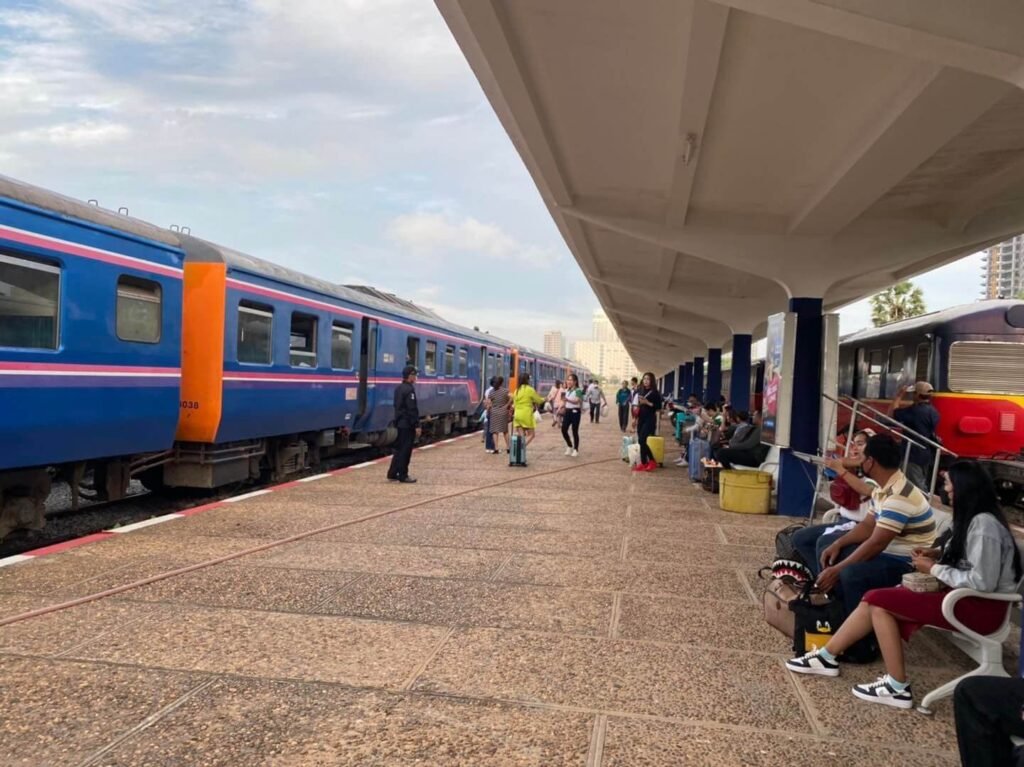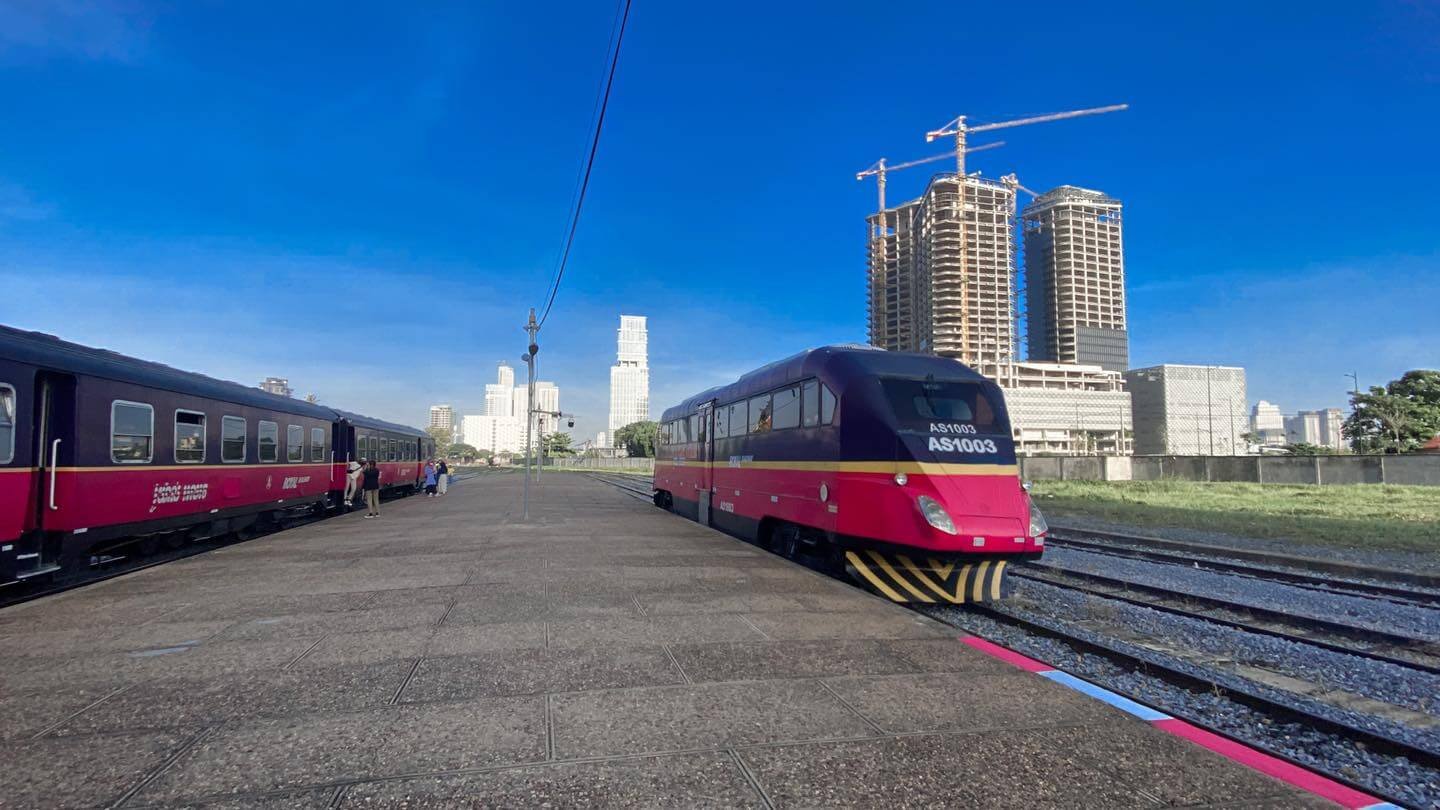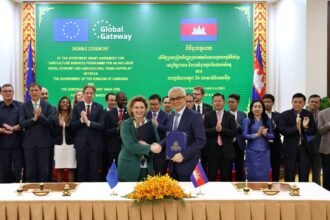Railways are a reliable and effective means of transporting both people and cargo. Railways reduce carbon gas emissions while promoting economic growth. They are a clean and efficient way to transport tonnes of cargo and millions of passengers across regions.
There are two lines in the railway network in Cambodia. The northern railway, which stretches 386 kilometers from Phnom Penh to Poipet town and the Thai border, was built between 1929 and 1942.
The 264km southern railway, which runs from the capital to Sihanoukville, was constructed between 1960 and 1969.
A 600 mm railway line between Phnom Penh and Siem Reap was initially established by the French in the 1890s before the Phnom Penh-Poipet railroad was built in the 1930s.

Between 1930 and 1940, the French colonial administration built the first line, with the Phnom Penh Railway Station opening in 1932. The line stretched from Phnom Penh to Poipet on the Thai border. Royal State Railways built the last link to Thailand in 1942.
Phnom Penh, Pursat, Moung Ruessei, Battambang, Sisophon, and Poipet were on the same route.
On December 17, 1946, the French Indochinese Government took back control of Battambang and the Sisophon region from Thailand because Thailand was seen as a supporter of Khmer Issarak, the anti-French, Khmer nationalist political movement. As a result, the service from Bangkok to Battambang was suspended.
Australia provided rolling stock in 1955 that was “necessary for expanding rail lines” and was characterized as “railway wagons of various types,” costing AUS£ 441,000 at the time.
The second line, which stretches from Phnom Penh to Sihanoukville on the southern coast to lessen dependency on Saigon Port of Vietnam and Khlong Toei Port of Thailand, was built with assistance from France, West Germany, and the United Kingdom between 1960 and 1969.

Australia contributed four third-class passenger carriages in 1960 as part of the Colombo Plan. In the 1960s, travelling by train was a crowded, joyful experience with steady flows of vendors and passengers.
Due to a shortage of funding for track and rolling stock maintenance, the frequency of service between Phnom Penh and Battambang was reduced from daily to weekly by 2008.
The railway network in Cambodia is managed by Royal Railway, the company that outsources the railway operations under an exclusive concession from the government.
A team from China Railway Construction Corporation arrived in Cambodia in May 2019 at the prime minister’s request to conduct feasibility studies on railway upgrades, including bridge and track repairs, double tracking, electrification, the Sisophon-Kampong Cham high-speed railway, the Phnom Penh-Stung Treng railway, and the light rail and metro system in Phnom Penh.

Prime Minister Hun Sen advised the Ministry of Public Works and Transport to take into account looking for a partner to create cutting-edge high-speed rail during the April inauguration ceremony of 38 roads and infrastructure projects in Siem Reap.
Today, both the Northern and Southern Railway Lines are open for passenger and freight services, and both lines are fully operational.








I couldn’t refrain from commenting. Exceptionally well written!
To the thebettercambodia.com owner, Your posts are always well-received by the community.